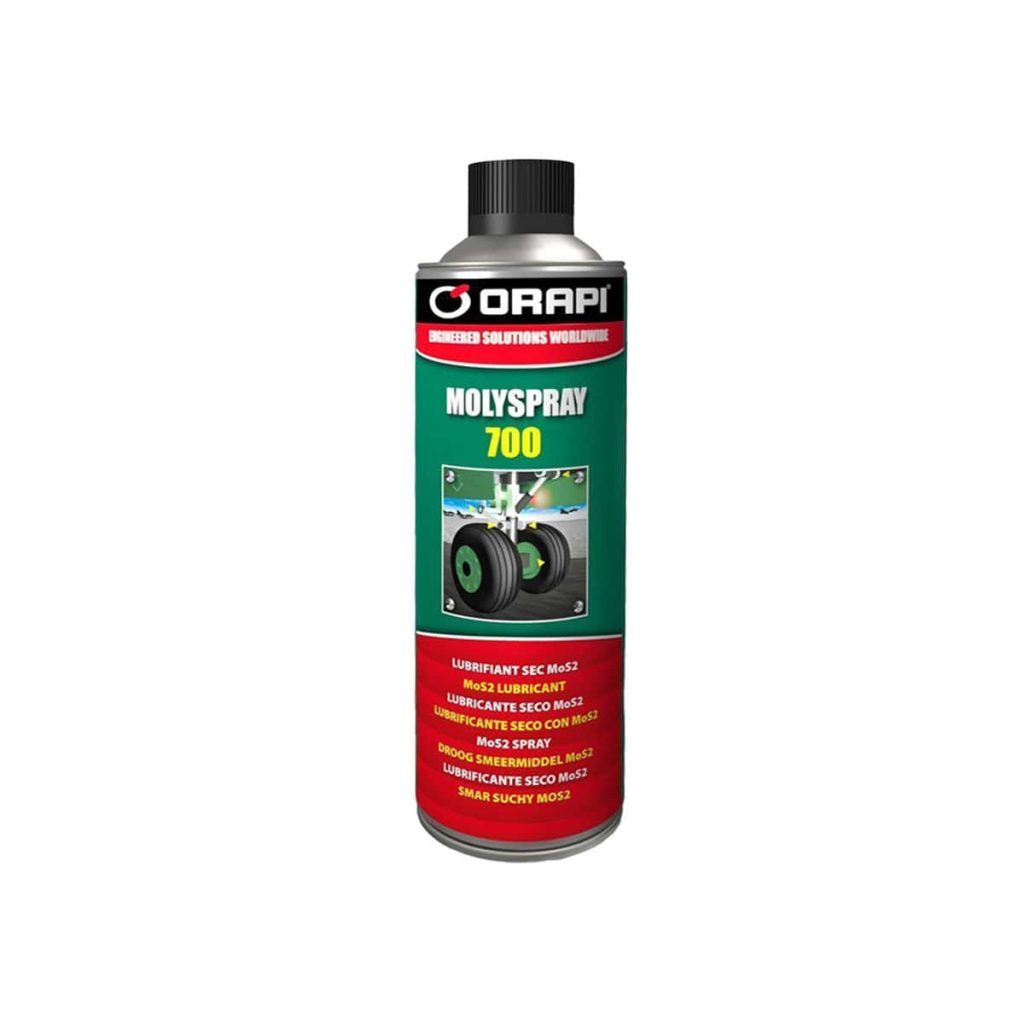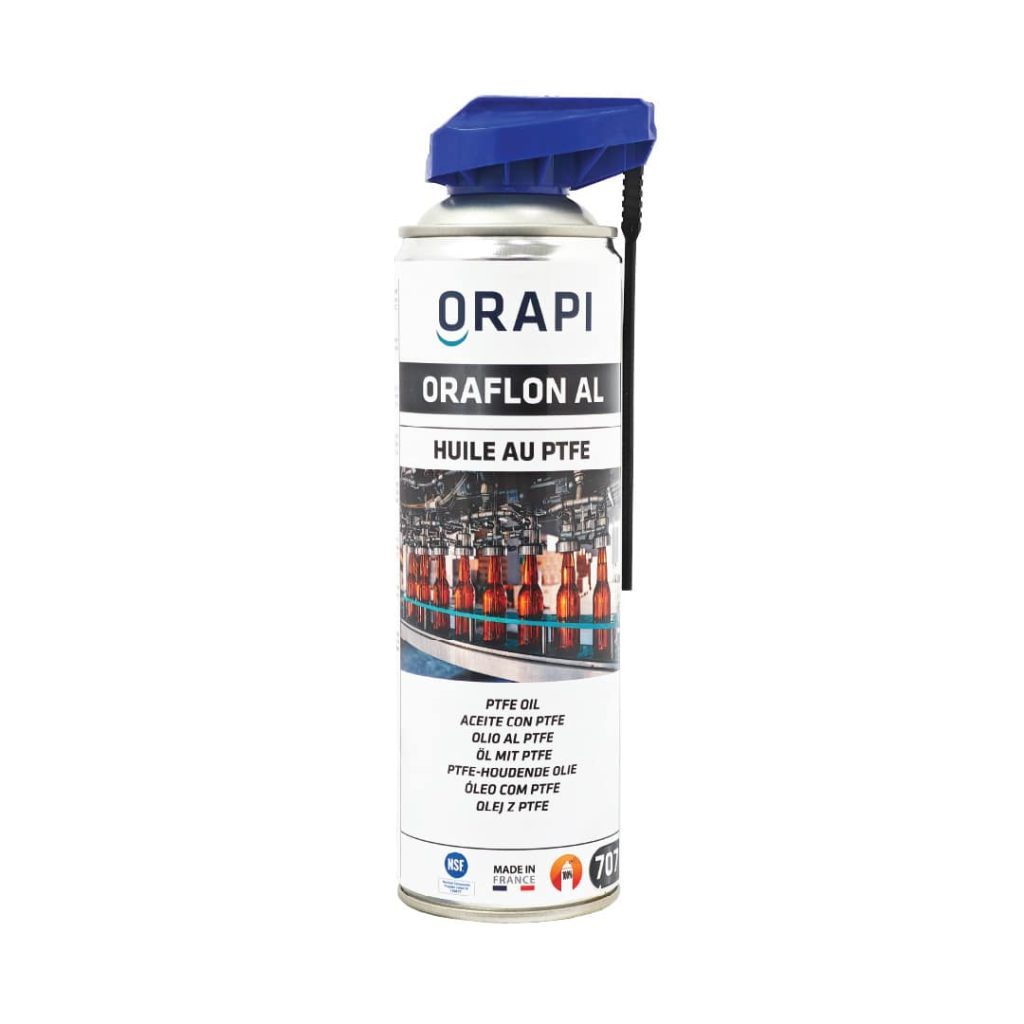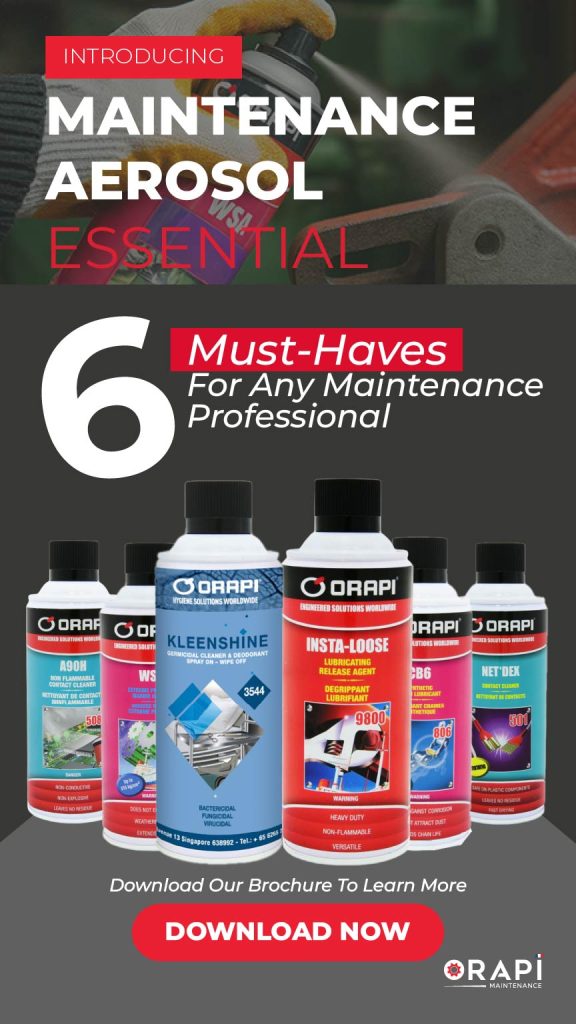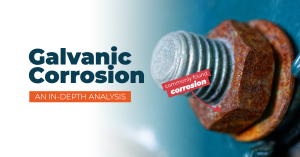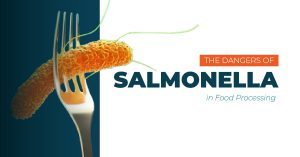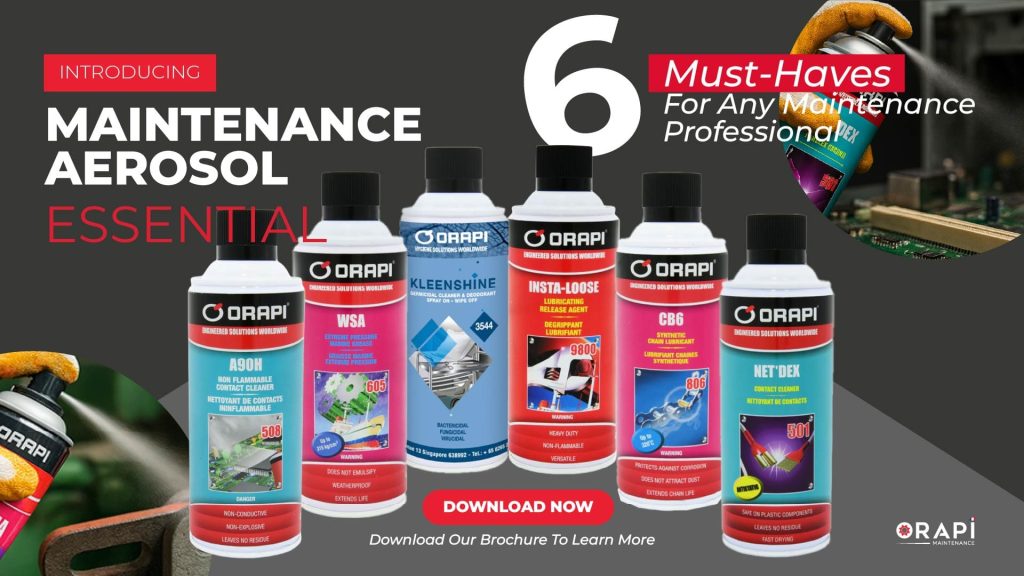
Dry lubricants are specialised substances designed to reduce friction between surfaces without the use of traditional wet or oily fluids. They play a critical role in many industries where cleanliness, high temperatures, or specific environmental conditions make conventional lubricants unsuitable. This article explores what dry lubricants are, how they work, their types, advantages, applications, and limitations.
What Is a Dry Lubricant?
A dry lubricant, also known as a solid lubricant, is a material that reduces wear and friction between two surfaces in contact without the need for oil or grease. These lubricants usually come in powder or spray form and form a thin, dry film on the surface.
Unlike wet lubricants, which rely on a fluid film to separate surfaces, dry lubricants adhere to surfaces and allow smooth movement even under high loads or extreme environmental conditions.
How Dry Lubricants Work

Dry lubricants function by creating a thin, low-shear-strength layer on contact surfaces. This layer prevents direct metal-to-metal contact, allowing the surfaces to slide smoothly with minimal resistance. Unlike liquid lubricants, dry lubricants don’t attract dust or dirt and can withstand high temperatures, making them ideal for environments where traditional lubricants break down. Their effectiveness comes from their crystalline, layered structure, which enables easy sliding between layers and reduces both friction and wear. Here’s how it works:
- Layered Lattice Structures: Materials like graphite, molybdenum disulfide (MoS₂), and hexagonal boron nitride (h-BN) consist of tightly bonded atoms within layers, but the layers themselves are held together by weak van der Waals forces. When a force is applied, the layers slide over each other easily, drastically reducing friction.
- Low Coefficient of Friction: The ease with which these layers shear against each other gives dry lubricants very low coefficients of friction—often between 0.02 and 0.10—compared to metals, which have friction coefficients closer to 0.5 to 1.0 when unlubricated.
- Film Formation: Dry lubricants form a thin, often invisible solid film on surfaces. This film provides boundary lubrication, meaning it acts as a barrier even when no fluid is present to separate the moving parts.
- Thermal and Chemical Stability: Because they don’t evaporate or oxidize easily, these solid films maintain their structure under extreme temperatures and chemical exposure, unlike oils that degrade over time.
Advantages of Dry Lubricants
Dry lubricants provide several key benefits that make them ideal for specialised applications where traditional oils and greases fall short.
- Clean Operation: Leaves no greasy residue and attracts less dust and dirt.
- Temperature Resistance: Performs well in extremely hot or cold conditions.
- Chemical Stability: Resistant to oxidation, corrosion, and chemical breakdown.
- Nonflammable: Suitable for high-heat and fire-sensitive environments.
- Longevity: Offers lasting lubrication, especially in static or infrequently moved parts.
- Bacterial Protection: Can also be used as coatings for the surface to prevent bacterial adhesion.
Limitations of Dry Lubricants
While dry lubricants offer many benefits, they also come with certain drawbacks that may limit their use in specific applications.
- Lower Load-Carrying Capacity: Not suitable for heavy dynamic loads compared to some liquid lubricants.
- Limited Reapplication Ease: Some dry films may need special surface preparation for reapplication.
- Surface Bonding: Adhesion to certain materials may be weaker without primers or binders.
Common Types of Dry Lubricants

Structure and Properties:
- Layered carbon lattice with strong in-plane bonds and weak interlayer forces.
- Electrically conductive and thermally stable up to ~400°C in air.
Benefits:
- Excellent for moderate to high-temperature applications.
- Good performance with slight humidity present.
- Natural or synthetic availability.
- Excellent for moderate to high-temperature applications.
- Good performance with slight humidity present.
- Natural or synthetic availability.
Applications:
- Door locks, moulds, conveyor belts,and foundry applications.
Limitations:
- Loses effectiveness in vacuum or very dry environments.
- Conductive, so not ideal near sensitive electronics.
Molybdenum Disulfide (MoS₂)

Structure and Properties:
- Layered structure similar to graphite, with molybdenum between sulfur atoms.
- Extremely pressure-resistant and effective up to ~450°C in air, >1100°C in inert atmospheres.
Benefits:
- Excellent for high-load, high-pressure applications.
- Performs well in vacuums and extreme environments.
Applications:
- Aerospace components, defence hardware, industrial machinery.
Limitations:
- Oxidises at high temperatures in air.
- Dark colouration can be undesirable in aesthetic or clean applications.
ORAPI RECOMMENDS:
MOLY SPRAY is a molybdenum disulfide powder in suspension in aerosol packaging. Used for the pretreatment of all mechanisms and parts before assembling. MOLY SPRAY works very well in extreme cold weather and dusty atmospheres
Polytetrafluoroethylene (PTFE) aka TEFLON®

Structure and Properties:
- Long-chain fluorocarbon polymer with very low surface energy.
- Chemically inert and resistant to nearly all chemicals.
Benefits:
- Extremely low friction.
- Clean, colourless, and suitable for food-grade or medical uses.
Applications:
- Non-stick coatings, medical equipment, and plastic gears.
Limitations:
- Poor load-bearing capability.
- Tends to wear faster under abrasive or high-pressure conditions.
ORAPI RECOMMENDS:
ORAFLON AL is a synthetic lubricant made with finely micronised Teflon® with excellent slippage properties, suspended in a technologically advanced fluid, with EP additives and anti-rust agents. ORAFLON AL is specially designed for static and dynamic lubrication, for pins, runners, conveyors and all transport devices that function in difficult working conditions in a hostile environment.
Hexagonal Boron Nitride (h-BN)

Structure and Properties:
- Boron and nitrogen in a graphite-like hexagonal pattern.
- White, non-toxic, and stable in air up to ~900°C.
Benefits:
- Electrically insulating but thermally conductive.
- Clean and non-reactive, ideal for sensitive or high-temperature electronics.
Applications:
- Semiconductor manufacturing, vacuum systems, ceramics.
Limitations:
- Costlier than graphite or MoS₂.
- May need a binder or special medium to apply as a coating.
Considerations When Choosing Dry Lubricants
When choosing a dry lubricant, consider the following factors to ensure optimal performance:
|
Factor |
Graphite |
MoS₂ |
PTFE |
h-BN |
|
Temperature Range |
Up to ~400°C |
Up to ~1100°C (inert) |
-200°C to 260°C |
Up to ~900°C |
|
Load Capacity |
Medium |
Very High |
Low |
Medium |
|
Vacuum Suitability |
Poor |
Excellent |
Good |
Excellent |
|
Electrical Conductivity |
Conductive |
Slightly Conductive |
Insulating |
Insulating |
|
Chemical Resistance |
Moderate |
Good |
Excellent |
Excellent |
|
Clean Room Compatibility |
Poor |
Poor |
Good |
Excellent |
|
Cost |
Low |
Medium |
Medium |
High |
Additives in Dry Lubricants
While dry lubricants such as graphite, MoS₂, PTFE, and h-BN are effective on their own, their performance can be significantly enhanced or tailored for specific applications through the use of additives. These additives can improve adhesion, wear resistance, environmental stability, or multifunctionality
Why Use Additives?
Pure dry lubricants may face limitations such as:
- Poor adhesion to some surfaces
- Limited durability under heavy mechanical stress
- Susceptibility to environmental degradation (e.g., oxidation)
To overcome these, additives are incorporated into the formulation, especially in commercial dry lubricant sprays, pastes, and coatings.
Common Additives in Dry Lubricants Formulations
|
Additive Type |
Purpose |
Examples |
|
Binders |
Improve adhesion of dry lubricant particles to the substrate |
Epoxy, phenolic resins, acrylics |
|
Carriers (Solvents) |
Allow even application; evaporate after application |
Alcohols, water, hydrocarbons |
|
Anti-oxidants |
Prevent degradation at high temperatures or prolonged exposure to oxygen |
Zinc dialkyldithiophosphates (ZDDP), phenols |
|
Anti-wear agents |
Form protective tribochemical films to resist metal-to-metal contact |
Borates, phosphates |
|
Corrosion inhibitors |
Protect metal surfaces from moisture and corrosive environments |
Amine-based compounds, molybdates |
|
Extreme Pressure (EP) Additives |
Enhance load-carrying capability under high stress |
Sulfur compounds, chlorinated paraffins |
|
Pigments or Dyes |
For color coding or visual inspection |
Iron oxides, titanium dioxide |
|
Nanoparticles |
Fill microscopic surface gaps and provide ultra-low friction |
Nano-Cu, nano-ZnO, nano-graphene |
How Dry Lubricants Additives Work?

Binders
Binders create a durable matrix that holds dry lubricant particles in place, forming a uniform film on complex surfaces.
Carriers
Carriers help disperse the lubricant and additives evenly, then evaporate without leaving residue.
Anti-oxidants and corrosion inhibitors
This work by passivating reactive sites on the metal surface or by forming a thin, protective barrier that shields from environmental attack.
EP additives
These additives undergo chemical reactions under extreme pressure to create sacrificial films that prevent direct contact between surfaces.
Nanoparticles
It act on a micro or nano scale to enhance smoothness, reduce surface asperities, and often contribute to both lubrication and wear resistance.
Application-Specific Formulations
Aerospace

May include MoS₂ with anti-oxidants and corrosion inhibitors for performance in vacuum and high-altitude conditions.
Automotive

Formulations often include graphite or PTFE with EP additives and binders for brake components and fasteners.
Electronics or Clean Environments

PTFE or h-BN with non-conductive, non-outgassing binders.
List of Common Applications for Dry Lubricants
Dry film lubricants are used in a wide range of industries and applications where conventional oils and greases are ineffective or impractical. Their ability to reduce friction, resist wear, and operate in extreme environments makes them a go-to choice for engineers and designers. Below is a categorised list of common usage areas:
Aerospace and Aviation
- Spacecraft components (due to vacuum compatibility)
- Jet engine parts and airframe assemblies
- Fasteners and sliding mechanisms in aircraft
- Satellite deployment systems
Automotive and Transportation
- Brake components and anti-squeal shims
- Seat tracks, hinges, and window regulators
- Threaded fasteners (anti-galling and easy disassembly)
- CV joints and chassis parts
Industrial and Manufacturing Equipment
- Conveyor systems and guide rails
- Mould release for casting and plastic injection
- Gearboxes and open gear applications
- High-load bearings and bushings
Military and Defence
- Weapon systems and field equipment
- Camshafts, triggers, and mechanical linkages
- Armour vehicle parts requiring silent, clean movement
- High-performance coatings for reliability in harsh environments
Chemical and Pharmaceutical Processing
- Valves, seals, and gaskets exposed to corrosive agents
- Equipment where oil-based lubricants would cause contamination
- High-purity, non-contaminating environments
Medical and Cleanroom Applications
- Surgical instruments and medical devices
- Sliding mechanisms in lab automation tools
- Prosthetic components requiring clean, non-oily lubrication
Electronics and Electrical Equipment
- Switches, connectors, and circuit breakers
- Moving parts in printers, scanners, and robotics
- Antistatic and clean-contact applications
Consumer Goods
- Locks, hinges, and zippers
- Scissors, hand tools, and power tool components
- Home appliances that require quiet, clean lubrication
Conclusion
Dry lubricants offer a clean, efficient, and high-performance solution for reducing friction in applications where traditional oils and greases fall short. With various types tailored to specific environments and operating conditions, they have become indispensable in modern engineering and manufacturing.
Moreover, when enhanced with carefully selected additives, these lubricants evolve from basic friction reducers into engineered solutions designed to meet the demands of extreme temperatures, pressures, or chemical exposures. Understanding both the intrinsic properties of dry lubricants and the role of additives is essential for maximizing performance, ensuring long-term reliability, and optimizing the efficiency of mechanical systems.

